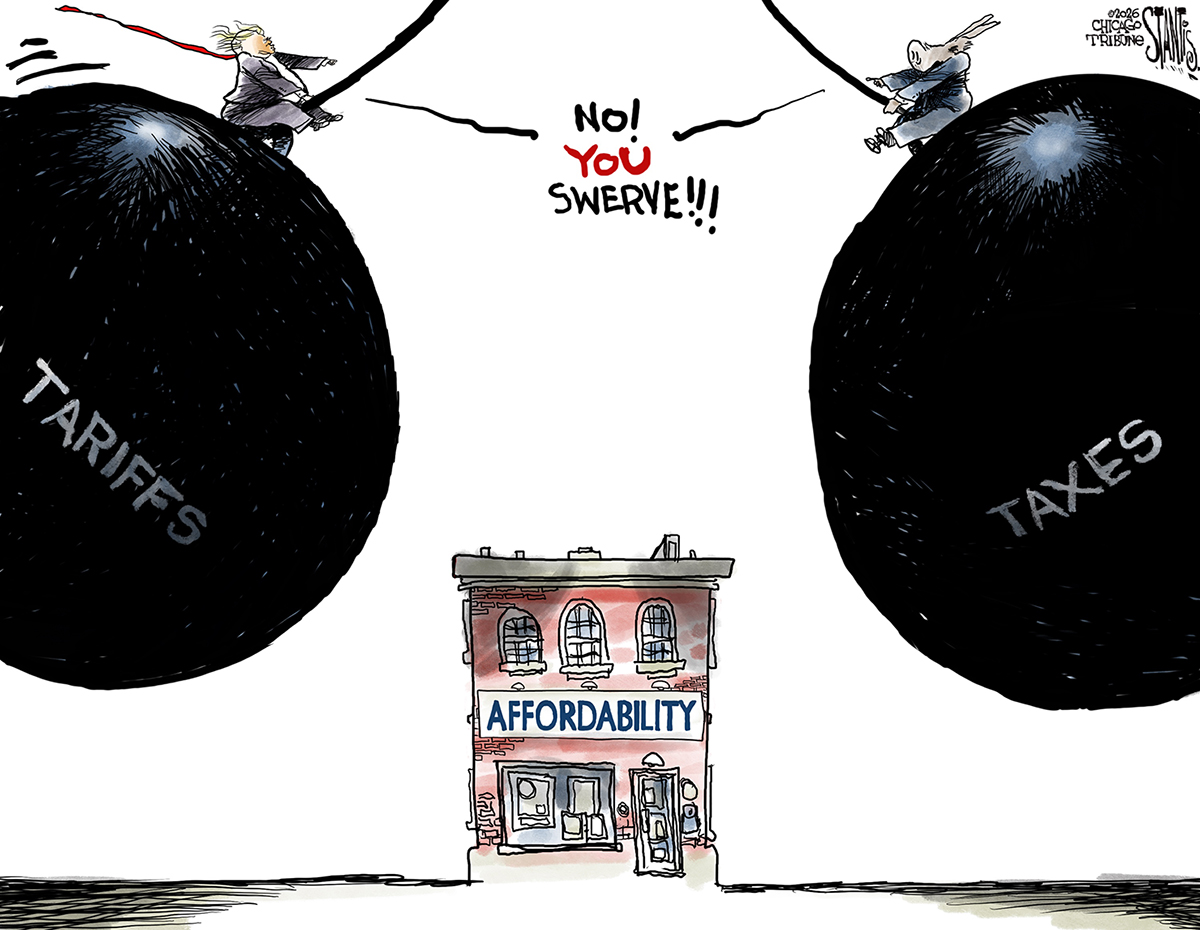All-girls schools don't actually make girls more competitive
Parents, not educational setting, may be the key


Girls taught in single-sex schools are no more competitive than their co-ed counterparts, according to a new study. That's bad news for proponents of single-sex schools, and suggests it might be harder than we thought for women to break into competitive, male-dominated college majors and careers.
Though there's no shortage of opinions on education in general and girls' education in particular, reliable studies are hard to come by. Even if there was a reliable measure of success, or at least an interesting one, the wide range of factors and the web of their interactions makes it difficult to sort out the effect of any one variable. Researchers would rather do experiments to see what works and what doesn't, though parents and teachers aren't so sanguine about their kids becoming lab rats.
But sometimes parents and teachers don't decide, and that's where economists Soohyung Lee and Muriel Niederle and Korean cultural researcher Namwook Kang got lucky. Middle school students in Seoul, South Korea, were randomly assigned to single-sex or co-educational schools, setting up a natural experiment for the researchers to analyze. Six hundred forty students, including boys and girls from 21 single-sex and co-ed schools, took part in an experiment the team designed to test competitiveness.
The Week
Escape your echo chamber. Get the facts behind the news, plus analysis from multiple perspectives.

Sign up for The Week's Free Newsletters
From our morning news briefing to a weekly Good News Newsletter, get the best of The Week delivered directly to your inbox.
From our morning news briefing to a weekly Good News Newsletter, get the best of The Week delivered directly to your inbox.
First, students solved arithmetic problems — what's 70+84+61+27+87, for example — earning 50 cents for each correct answer. That was followed by a tournament version, in which whoever solved the most problems earned two dollars for each correct answer. Crucially, the third task gave students a choice of doing another tournament, in which case their performance would be compared with those of their competitors from the second task, or on their own. Choosing the tournament, the team reasoned, was a sign of competitiveness. (The researchers chose, at random, which round each subject would be paid for after the fact.)
After controlling for how well students had actually done on the first two tasks, Lee and colleagues found that single-sex schools didn't increase girls' competitiveness — if anything, it magnified the gender gap. Though the difference was not statistically significant, girls in co-ed schools chose the tournament option 8.5 percent less often than boys, while girls in single-sex schools chose it 15 percent less often. Though the numbers changed slightly, the results held up even after controlling for confidence — how well boys and girls thought they'd done in the second-task tournament — and risk aversion — whether students said they'd rather be paid for the second task as if they'd done it on their own.
The results contrast with observational studies, which have suggested that girls in single-sex schools are more competitive than their co-ed counterparts. The trouble with such studies is that the girls — or their parents — may have been more competitive to begin with, perhaps explaining how they ended up in single-sex schools in the first place.
"Girls are less competitive than boys," the authors write this month in Economics Letters, and, "this gender gap can be reduced not by expanding single-sex schooling, but by altering parental inputs" to their children's education.
A free daily email with the biggest news stories of the day – and the best features from TheWeek.com
Pacific Standard grapples with the nation's biggest issues by illuminating why we do what we do. For more on the science of society, sign up for its weekly email update or subscribe to its bimonthly print magazine.
More from Pacific Standard...
-
 Political cartoons for January 18
Political cartoons for January 18Cartoons Sunday’s political cartoons include cost of living, endless supply of greed, and more
-
 Exploring ancient forests on three continents
Exploring ancient forests on three continentsThe Week Recommends Reconnecting with historic nature across the world
-
 How oil tankers have been weaponised
How oil tankers have been weaponisedThe Explainer The seizure of a Russian tanker in the Atlantic last week has drawn attention to the country’s clandestine shipping network